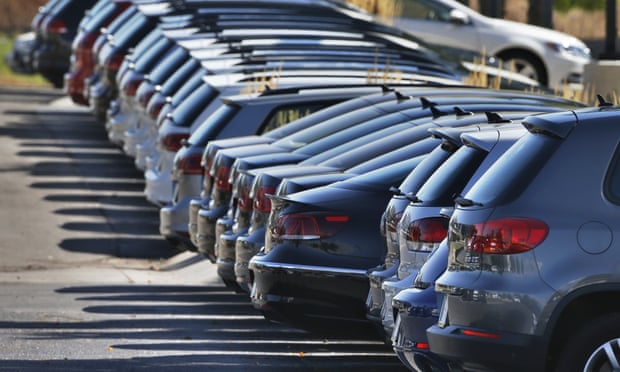by Nick Graham
There is little doubt that most of you will have heard about the car emissions testing scandal. This is currently centred around VW as this company is the only one confirmed to have manipulated the emissions test results for several of their diesel cars in the last few years. Volkswagen have publicly admitted doing so as well. However there are suggestions that several other major car manufacturers are in the same position. Hyundai and Renault are among these names. BMW has been forced to deny claims that they too had manipulated emissions test results for some of their cars.
There is little doubt that most of you will have heard about the car emissions testing scandal. This is currently centred around VW as this company is the only one confirmed to have manipulated the emissions test results for several of their diesel cars in the last few years. Volkswagen have publicly admitted doing so as well. However there are suggestions that several other major car manufacturers are in the same position. Hyundai and Renault are among these names. BMW has been forced to deny claims that they too had manipulated emissions test results for some of their cars.
So how did VW manage to manipulate the results?
The emissions tests are carried out in laboratories in order
to prevent other factors from interfering with the validity of the results.
However the way in which the engine is run during these laboratory tests is
different to the way in which it would be run on roads as part of normal use.
Engineers at VW used software that could detect when an emissions test was
underway, and then run at a lower performance setting that also dramatically
reduced emissions. So the car would have low emissions according to the
laboratory test results, but when used on roads it would have much higher
emissions.
We know that these emissions tests can be fooled. So how
could they be redesigned to prevent this from happening again?
For a start it should be mandatory to have all components of
the car present during the testing, including a ‘driver’. The fuel level along
with that of other fluids should also be at normal levels for road use, and the
same should go for tyre pressure. Critics of these tests over the last few
years have claimed that car manufacturers are making lots of adjustments to the
car before testing takes place by changing tyre pressure and lightening the
load in every way possible, including removing wing mirrors, windscreen wipers
and the person who would be driving the car.
The other significant problem with the current method of
testing is one that I have already mentioned - the driving simulated in the
experiment is nothing like what it would actually be like to drive in an urban
area, which is the scenario that the emissions tests are supposedly recreating,
nor are the tests long enough (often only 20 minutes) to simulate driving on a
motorway for an extended period of time. This creates two separate problems. It
means that any results obtained from these tests cannot be properly applied to
urban driving, nor to long distance motorway driving. The tests are calculating
the emissions for a way of driving that is rarely seen in real life. In
addition to this, the difference between driving on normal roads and the
driving in a laboratory is what makes it possible for the software that
deceives the test to work in the first place. Therefore one way to dramatically
improve the results of emissions tests and at the same time reduce the ability
for anyone to be manipulating results would be to conduct the tests in a way
that is more similar to the actual driving scenario it is meant to represent.
However it is important to remember that this story is not
yet finished. Several other companies such as Volvo and Renault are suggested
to have carried out similar manipulations of results and some researchers are
questioning whether the scandal is purely limited to diesel cars, or whether
petrol cars may have had their emissions test results falsified as well. The
investigation is far from over.

Comments
Post a Comment
Comments with names are more likely to be published.